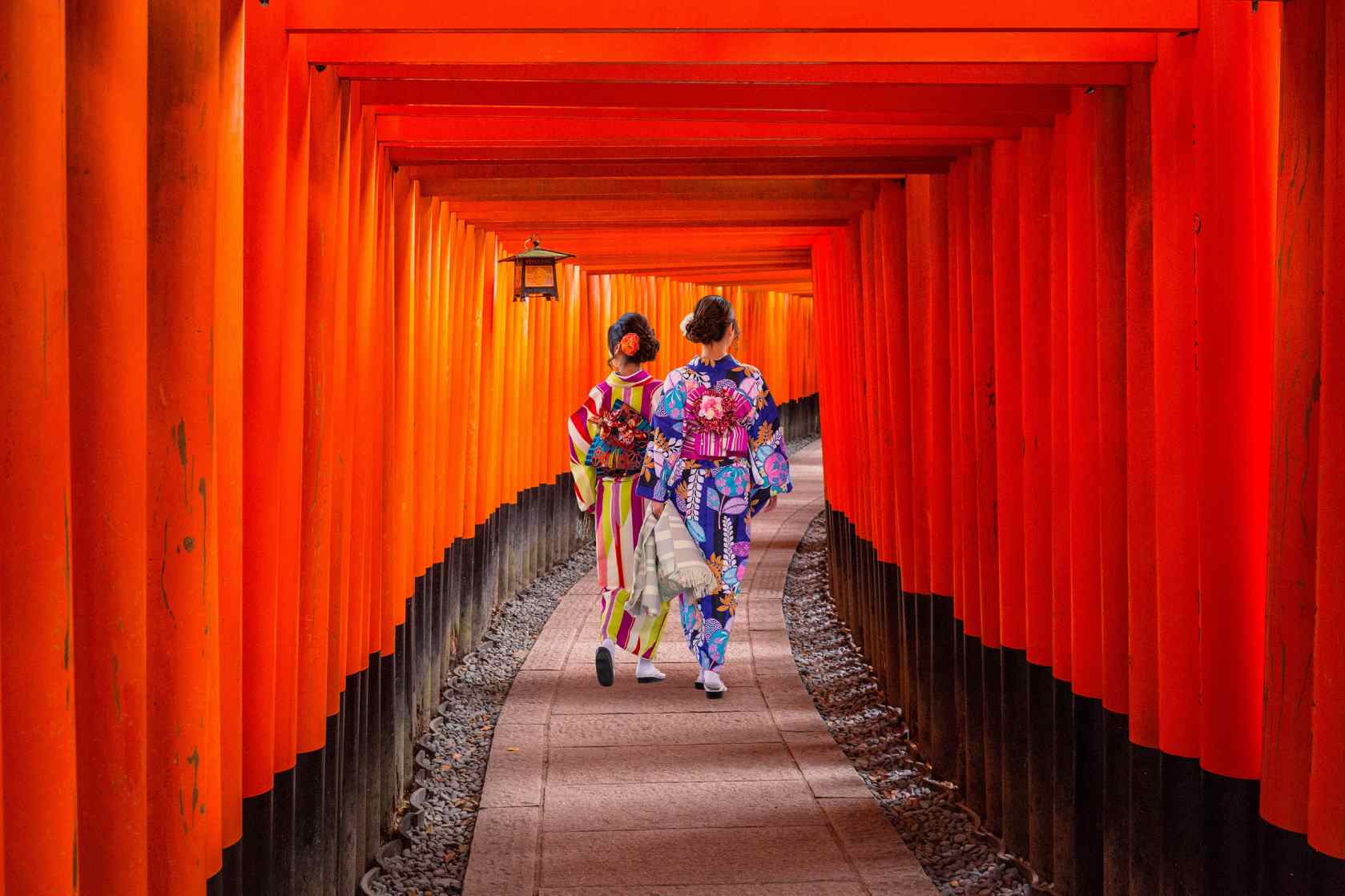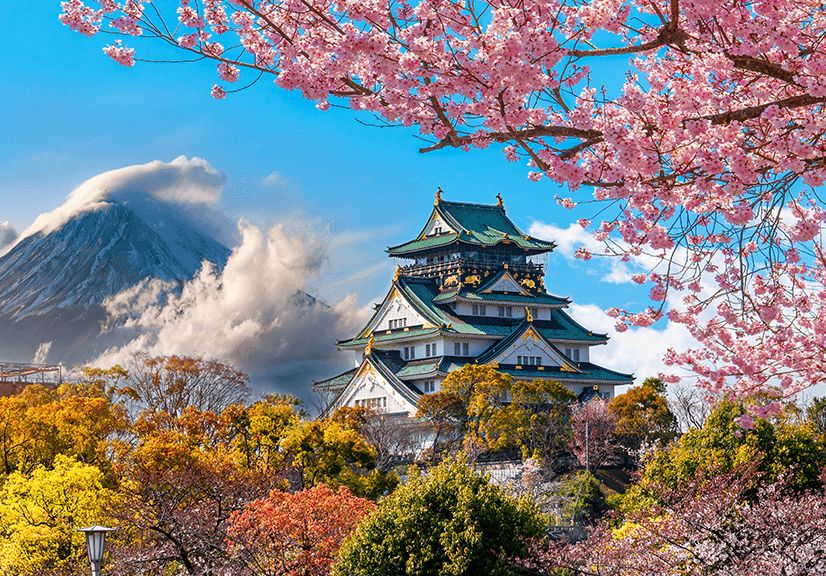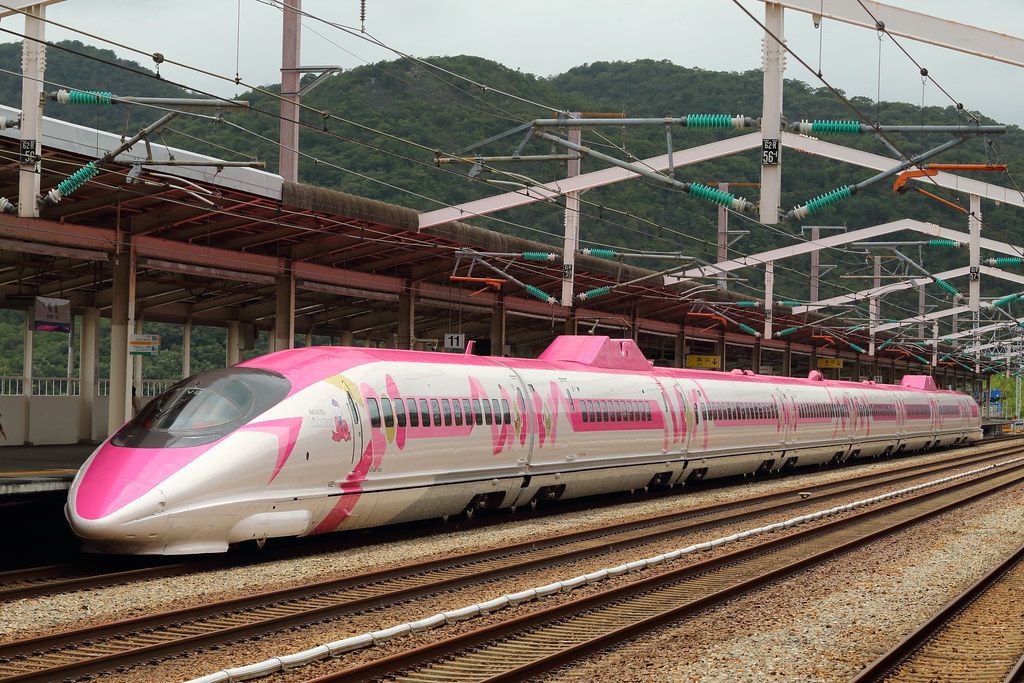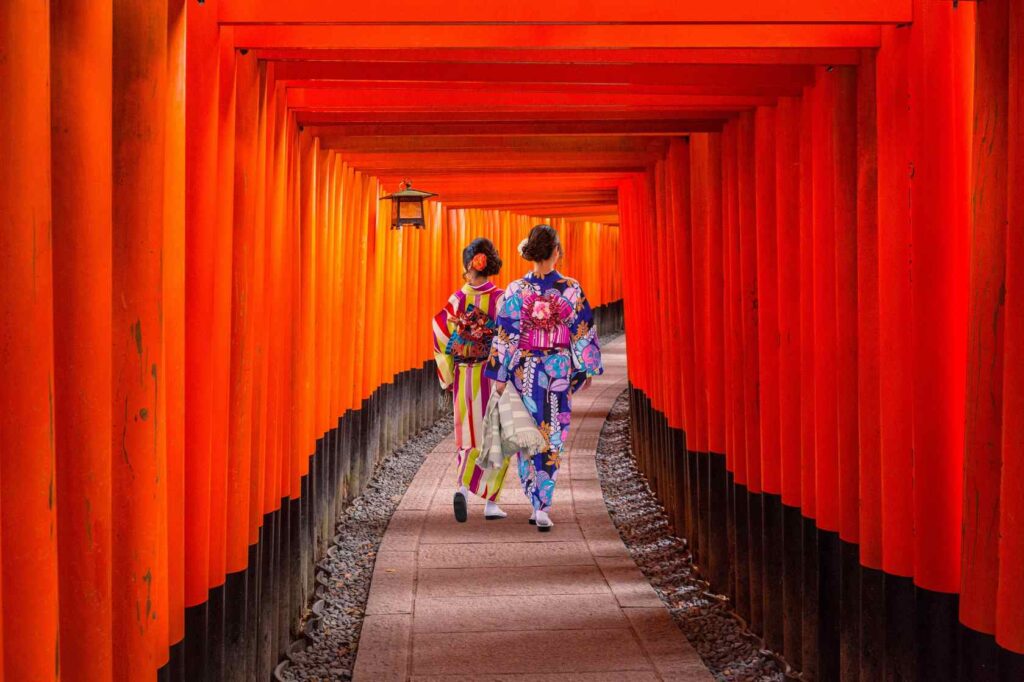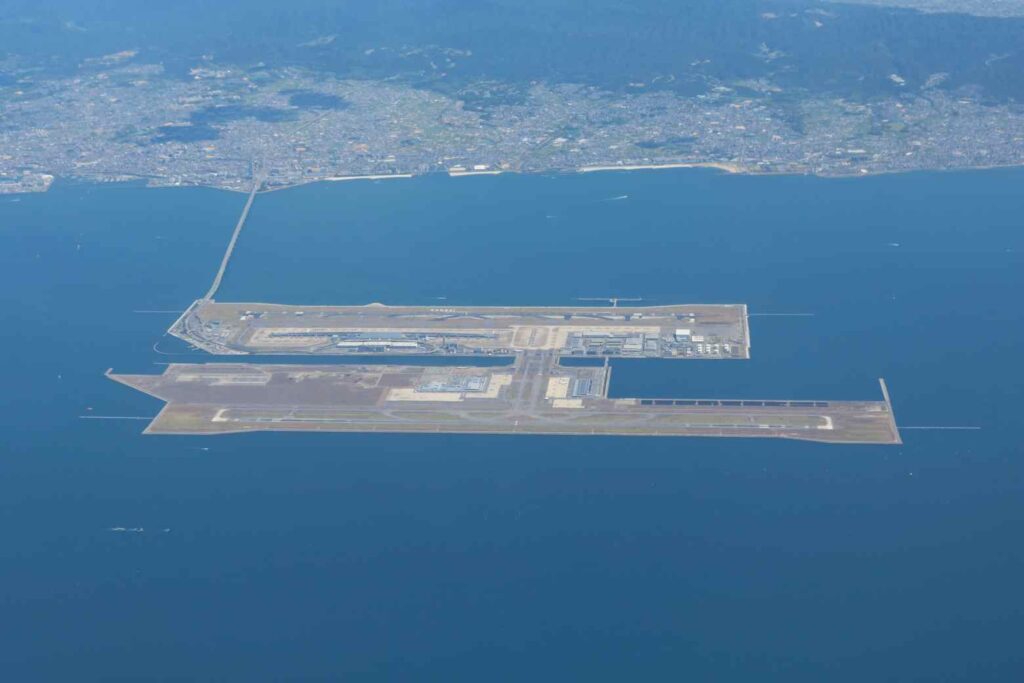Japan, which reopened for mass tourism in the fall of 2022 after the coronavirus pandemic, is now experiencing an unprecedented surge in international arrivals. However, this heightened interest from foreigners does not seem to please the local residents.
According to The Washington Post, international visitors who wish to see the famous Himeji Castle, a UNESCO World Heritage site, may soon have to pay six times more than local visitors. Himeji’s mayor, Hideyasu Kiyomoto, has proposed this measure in response to overtourism and the weakening local currency, which has made the country exceedingly attractive to foreigners.
Currently, the entrance fee to the castle is 1,000 yen (about $7). However, Kiyomoto recently announced that he would like foreigners to pay $30, while locals would pay $5, intending to use these funds for the castle’s maintenance. While additional fees for tourists are not a new concept globally, such a policy has been unusual for affluent Japan. However, over the past five years, the yen has lost over 40% of its value against the US dollar, leading to a sharp disparity in purchasing power between locals and visitors. In 2024, authorities in various Japanese cities have begun implementing measures to manage overtourism.
For example, authorities in Tokyo have expanded transportation options and introduced restrictions on visiting certain landmarks. Starting in the summer of 2024, tourists will have to pay to hike the most popular route up Mount Fuji, the Yoshida Trail, and the number of permits for the climb will be reduced.
In Kyoto, authorities have decided to close the famous geisha district to tourists due to frequent complaints about rude foreign visitors.
Meanwhile, in the small Japanese town of Fujikawaguchiko, a protective screen made of dense mesh was installed to prevent tourists from crowding around a popular spot with a view of Mount Fuji and a Lawson convenience store. However, the screen lasted less than a week.
These measures reflect the growing tension between the benefits and challenges of increased tourism in Japan, as the country navigates the complexities of welcoming international visitors while preserving local culture and quality of life.


